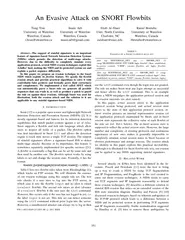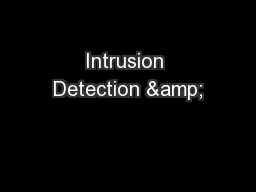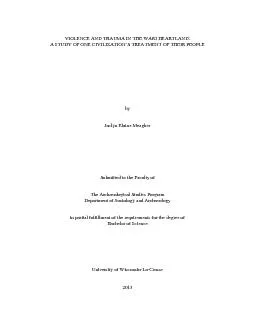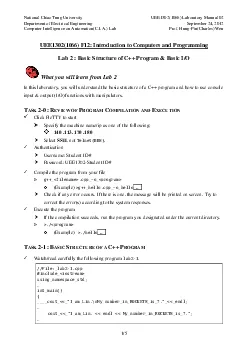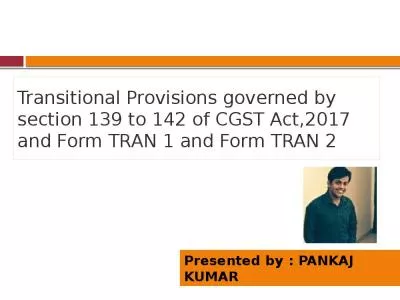PDF-An Evasive Attack on SNORT Flowbits Tung Tran Universi
Author : liane-varnes | Published Date : 2015-06-13
ca Issam Aib University of Waterloo Waterloo Canada issamaibgmailcom Ehab AlShaer Univ North Carolina Charlotte NC ealshaerunccedu Raouf Boutaba University of Waterloo
Presentation Embed Code
Download Presentation
Download Presentation The PPT/PDF document "An Evasive Attack on SNORT Flowbits Tung..." is the property of its rightful owner. Permission is granted to download and print the materials on this website for personal, non-commercial use only, and to display it on your personal computer provided you do not modify the materials and that you retain all copyright notices contained in the materials. By downloading content from our website, you accept the terms of this agreement.
An Evasive Attack on SNORT Flowbits Tung Tran Universi: Transcript
Download Rules Of Document
"An Evasive Attack on SNORT Flowbits Tung Tran Universi"The content belongs to its owner. You may download and print it for personal use, without modification, and keep all copyright notices. By downloading, you agree to these terms.
Related Documents

